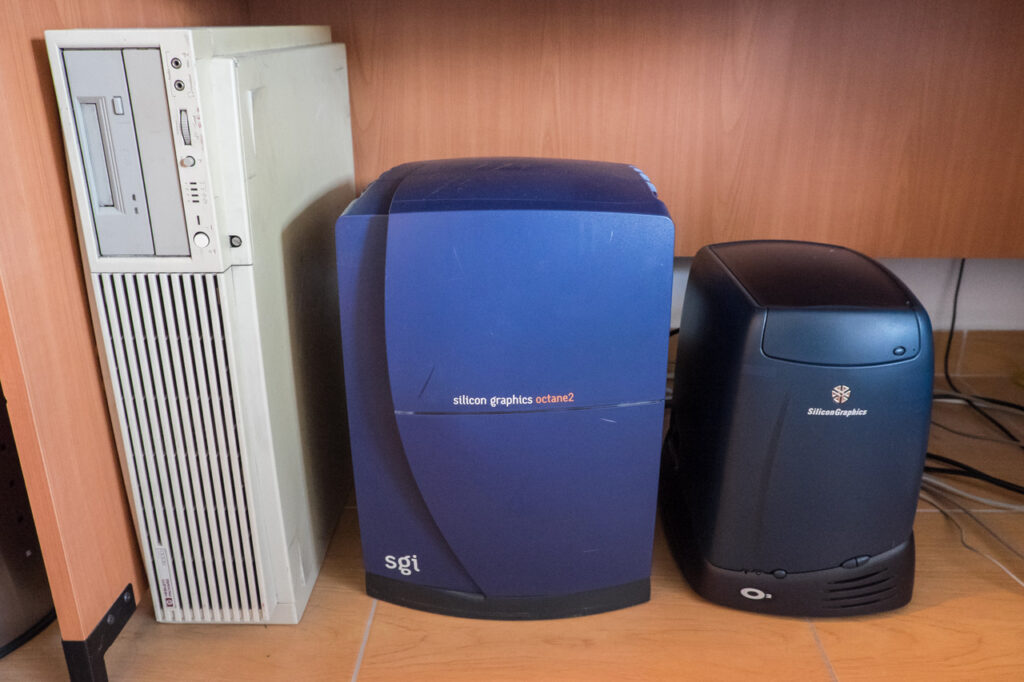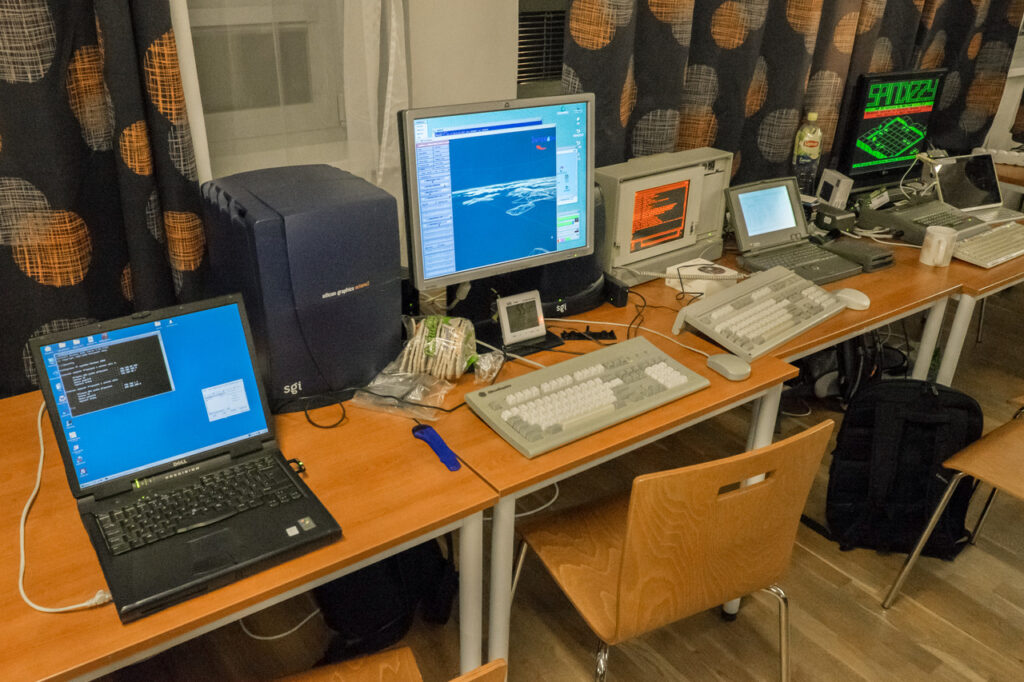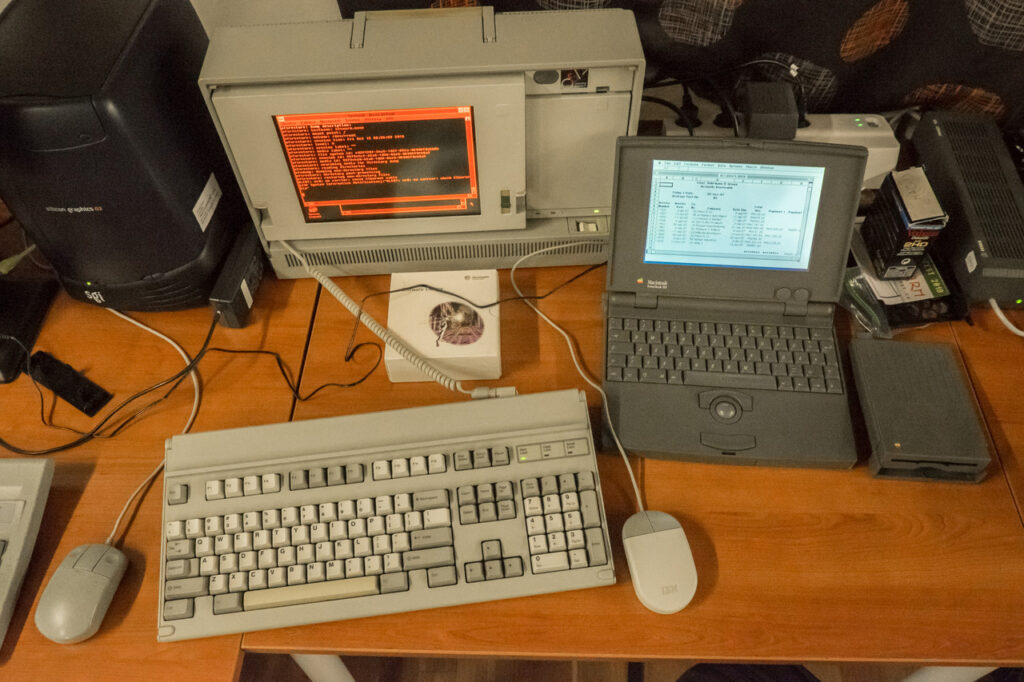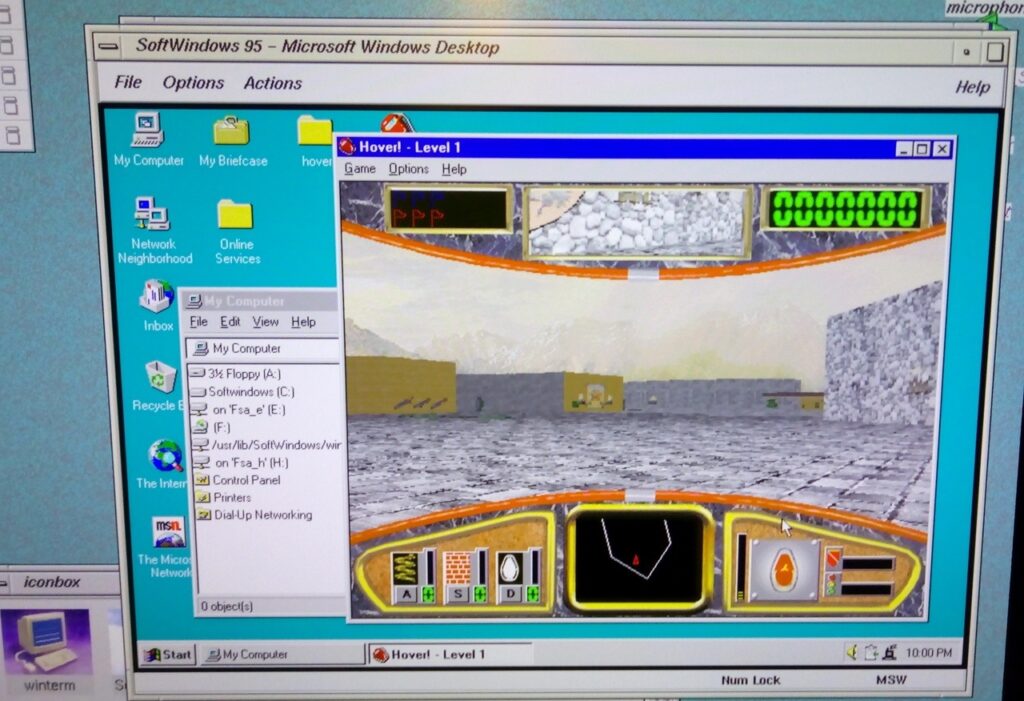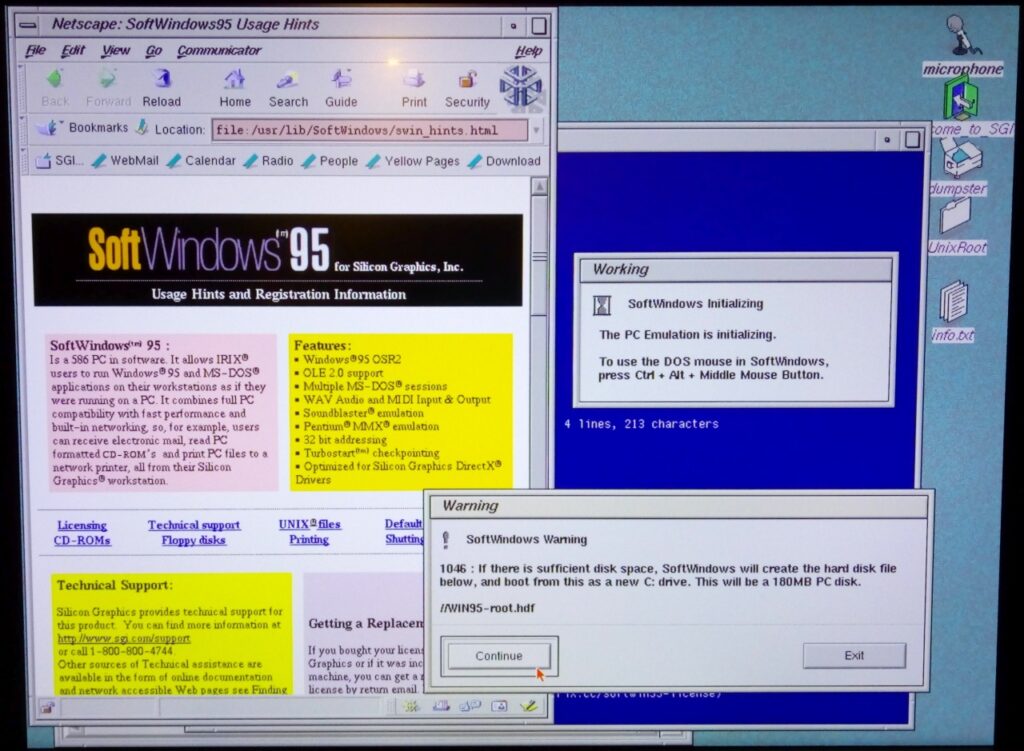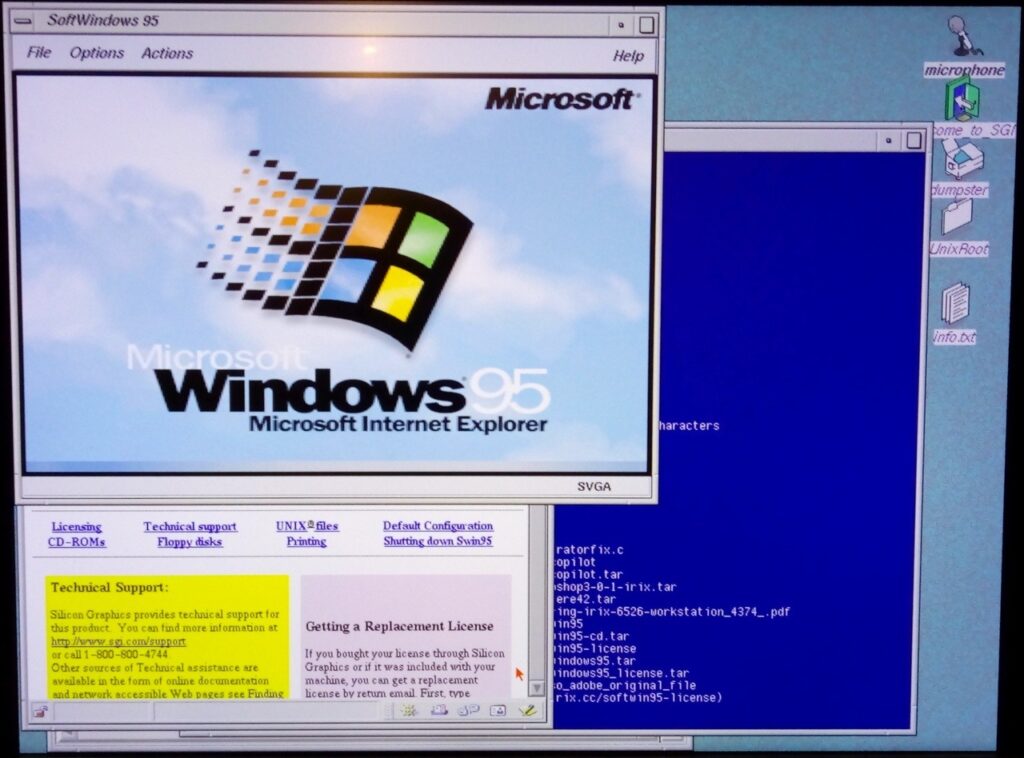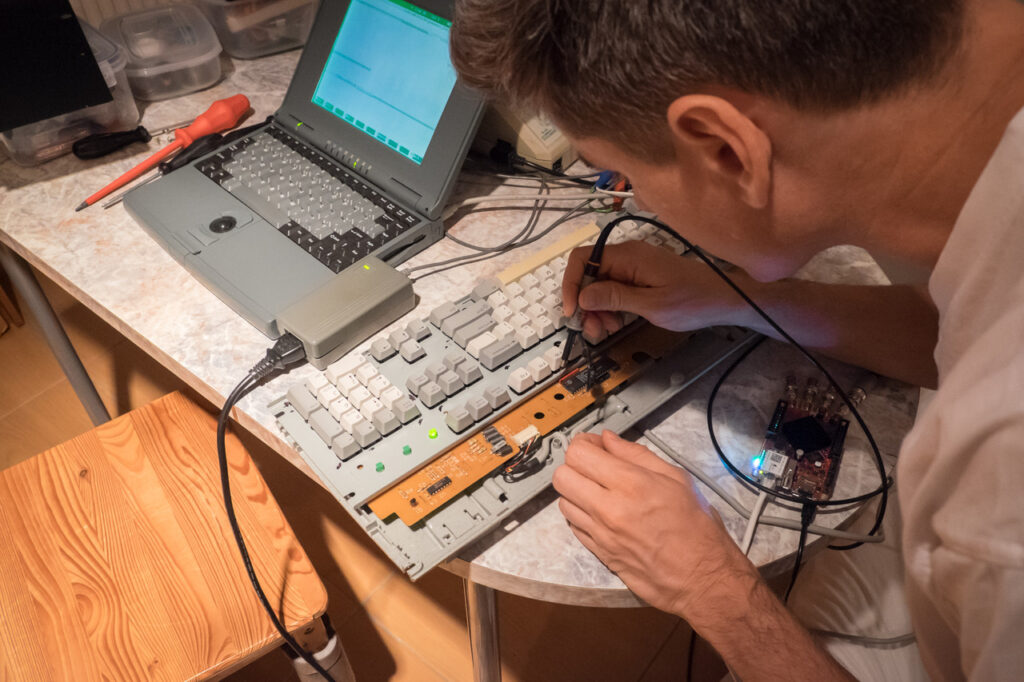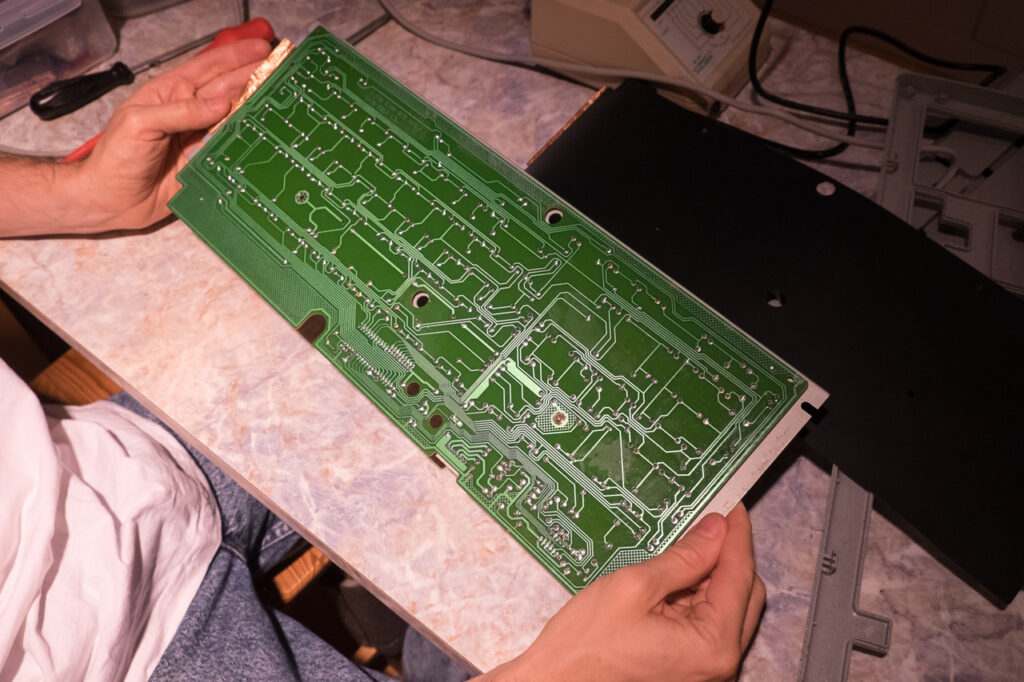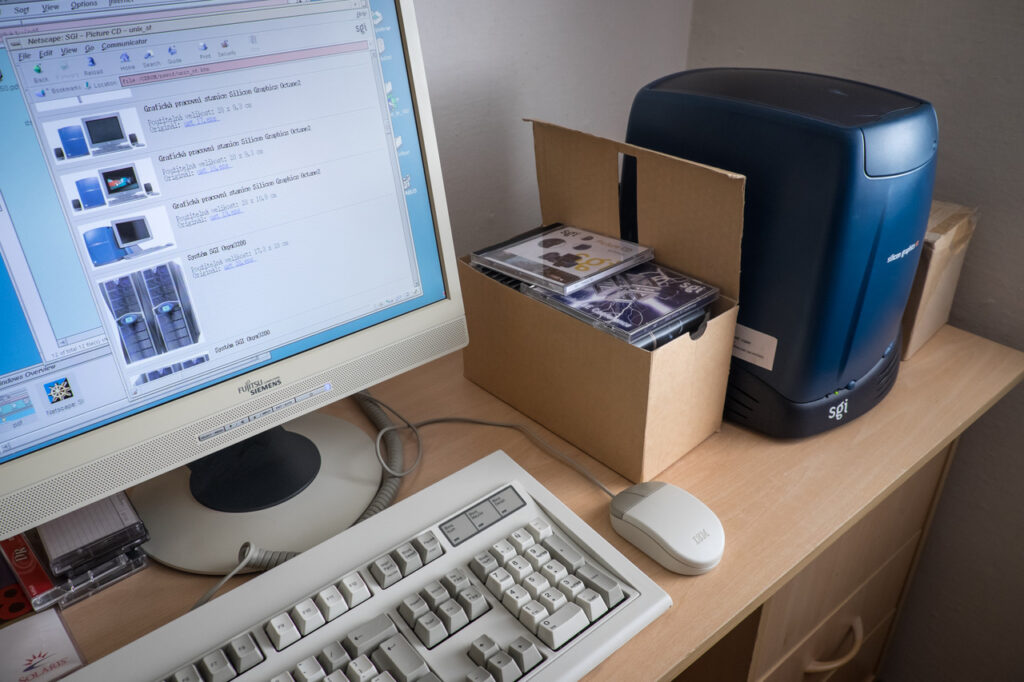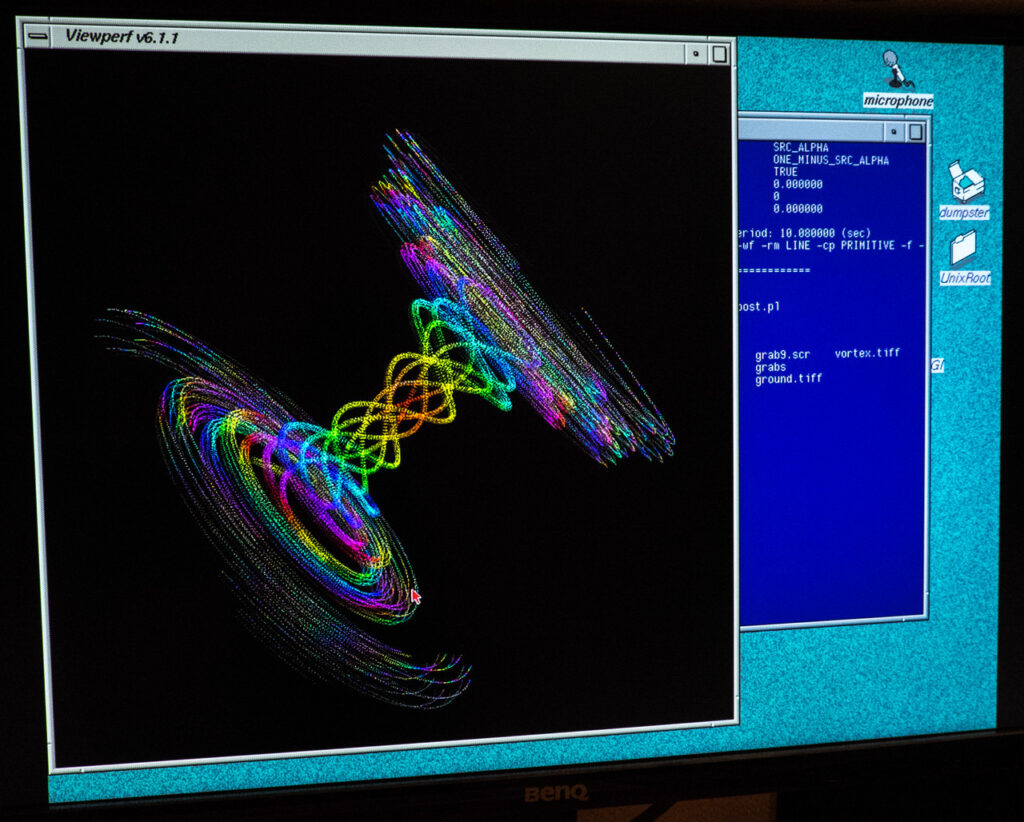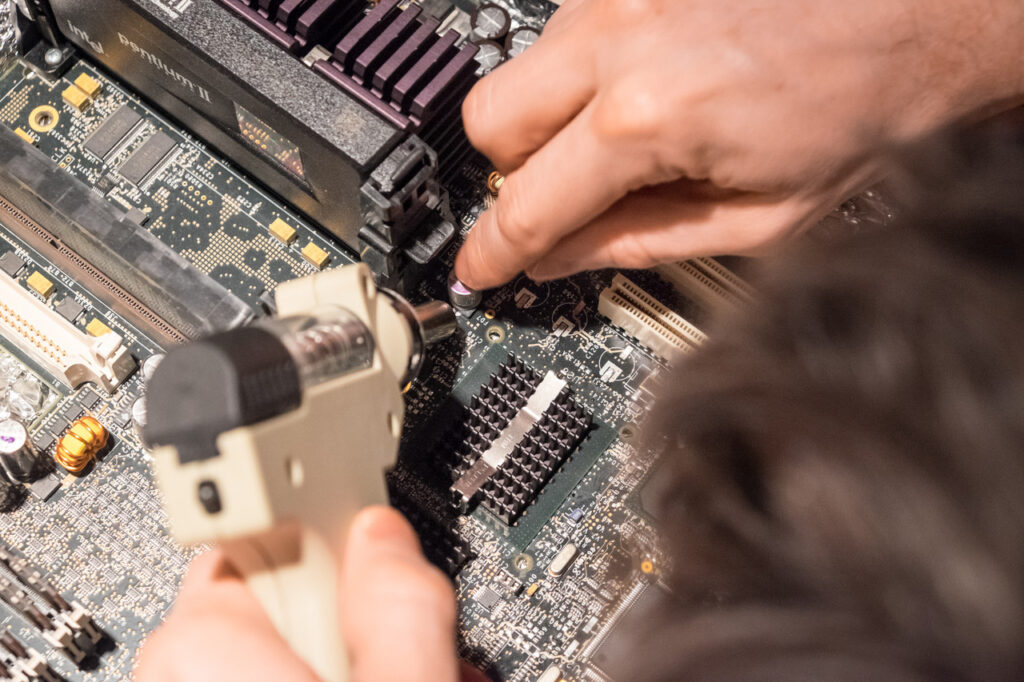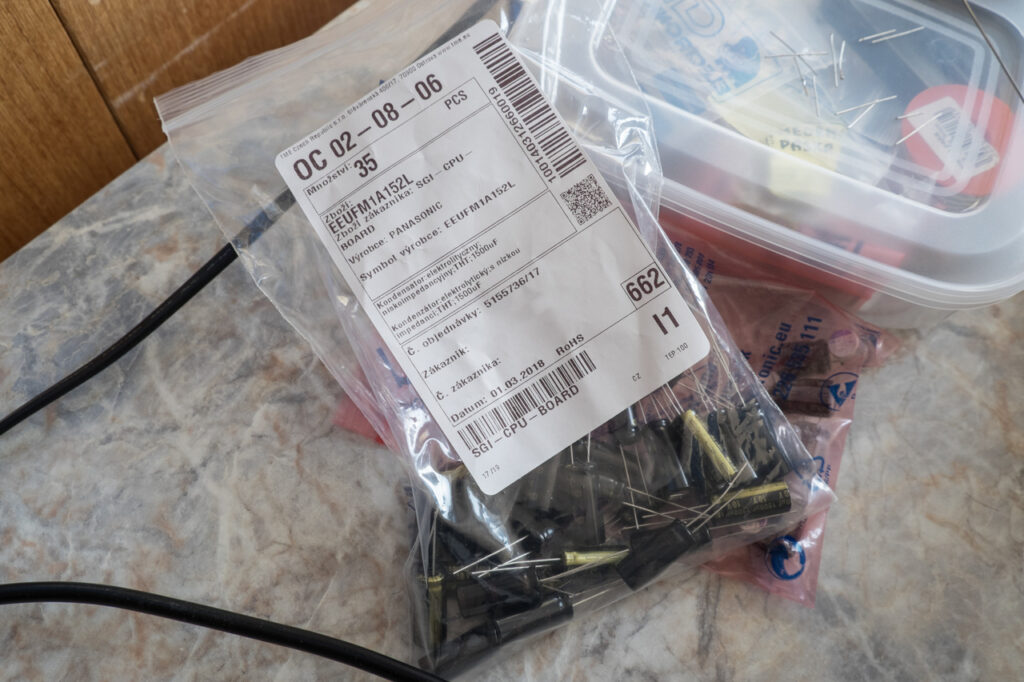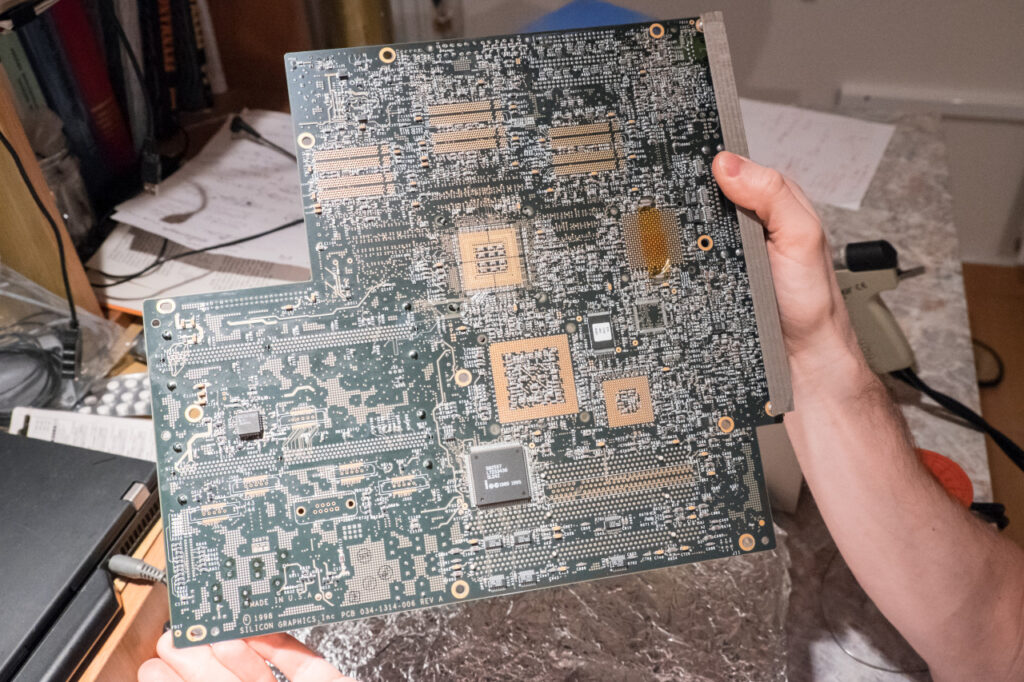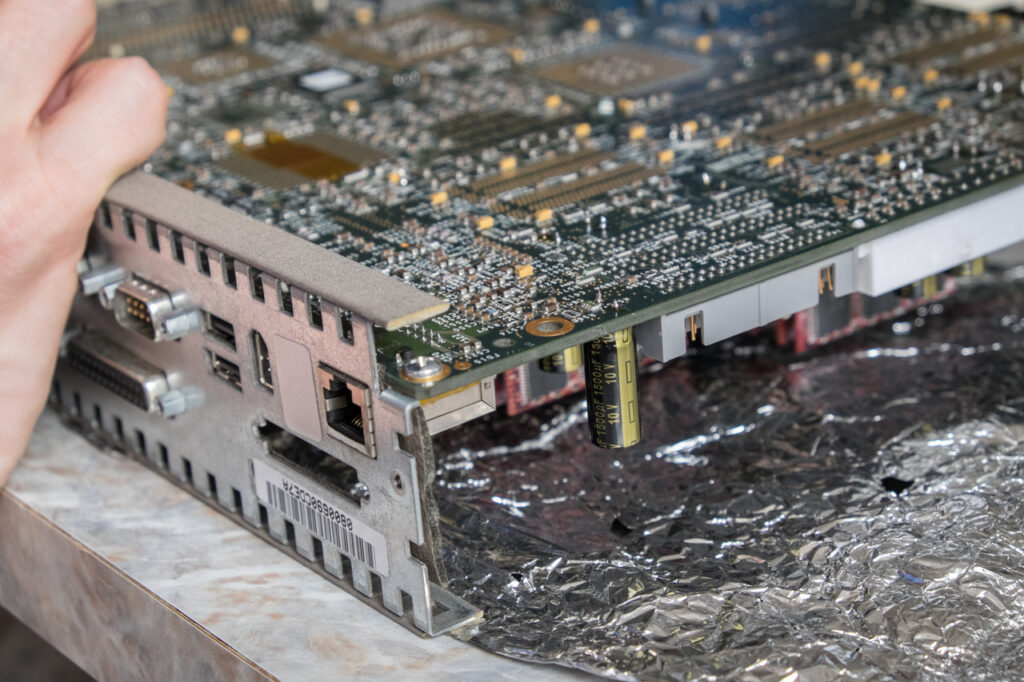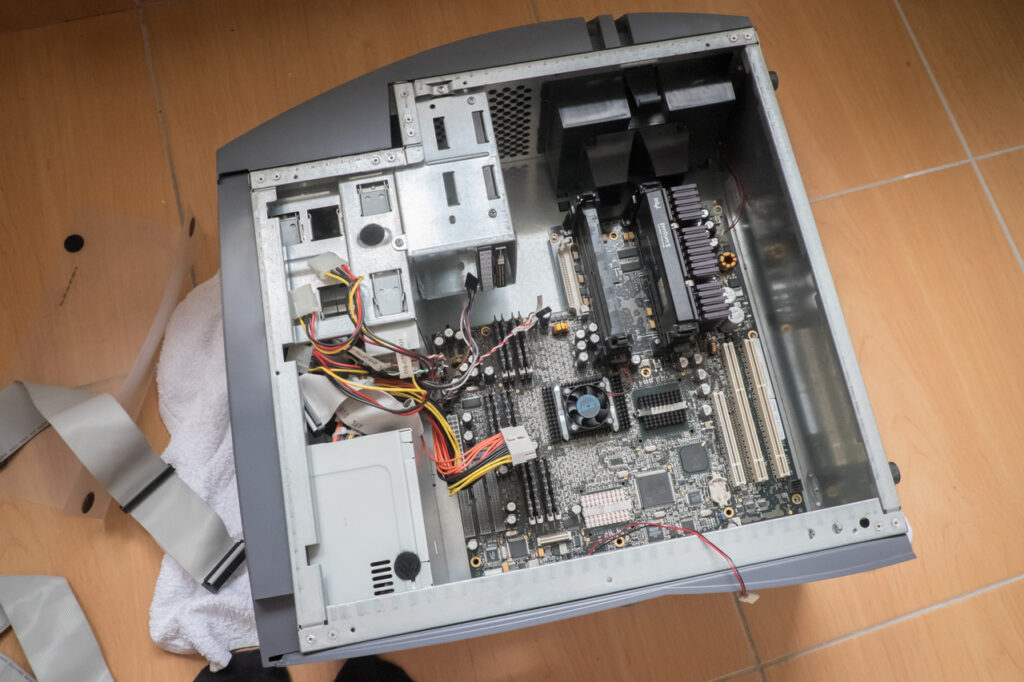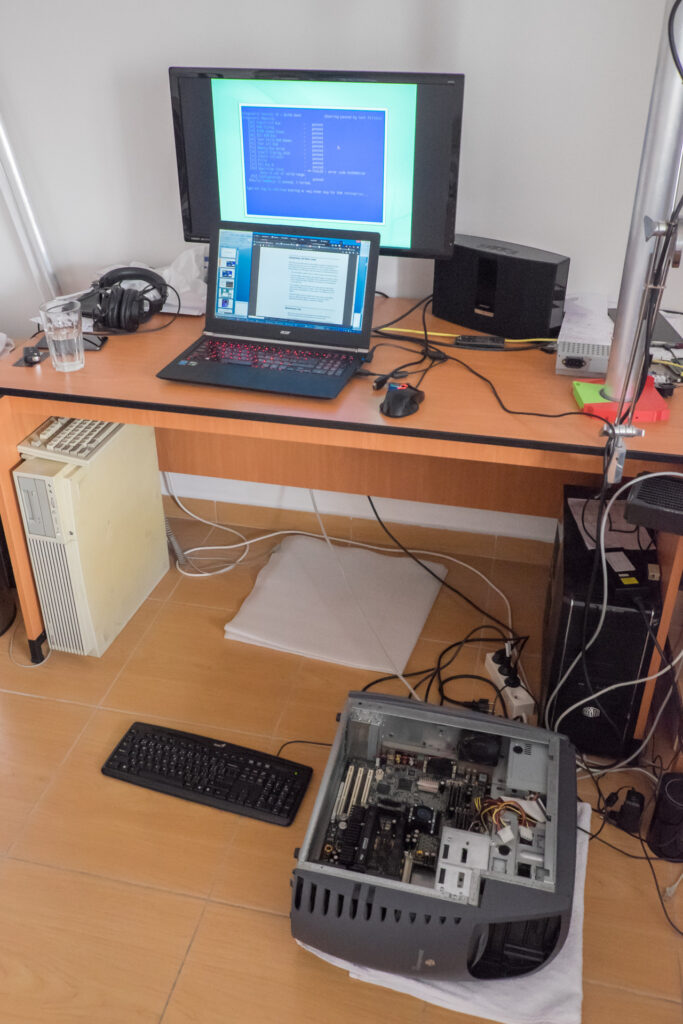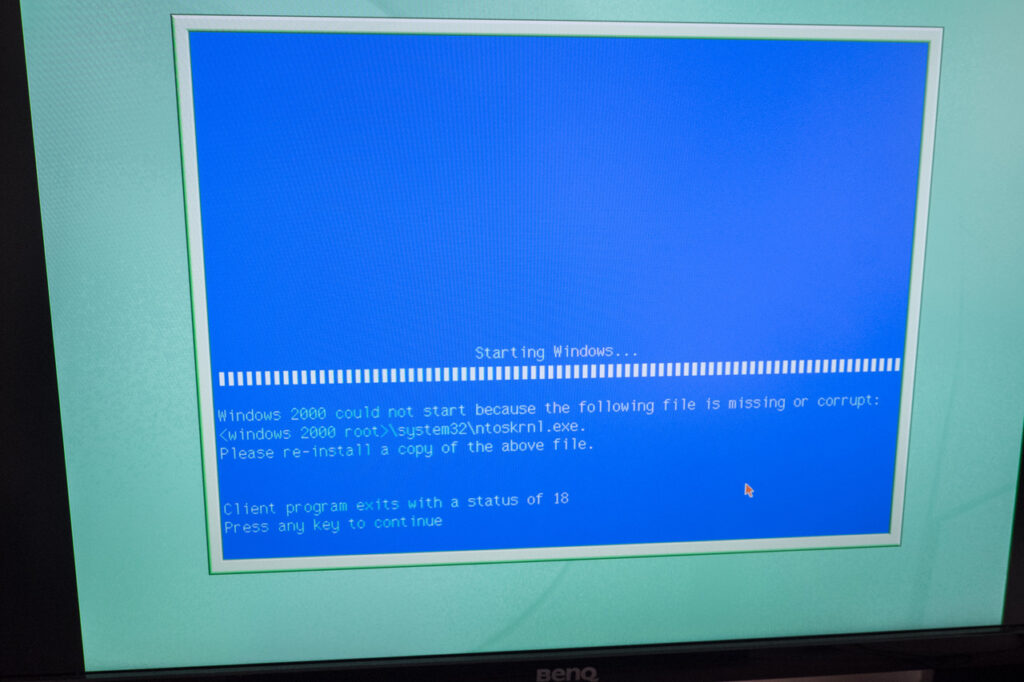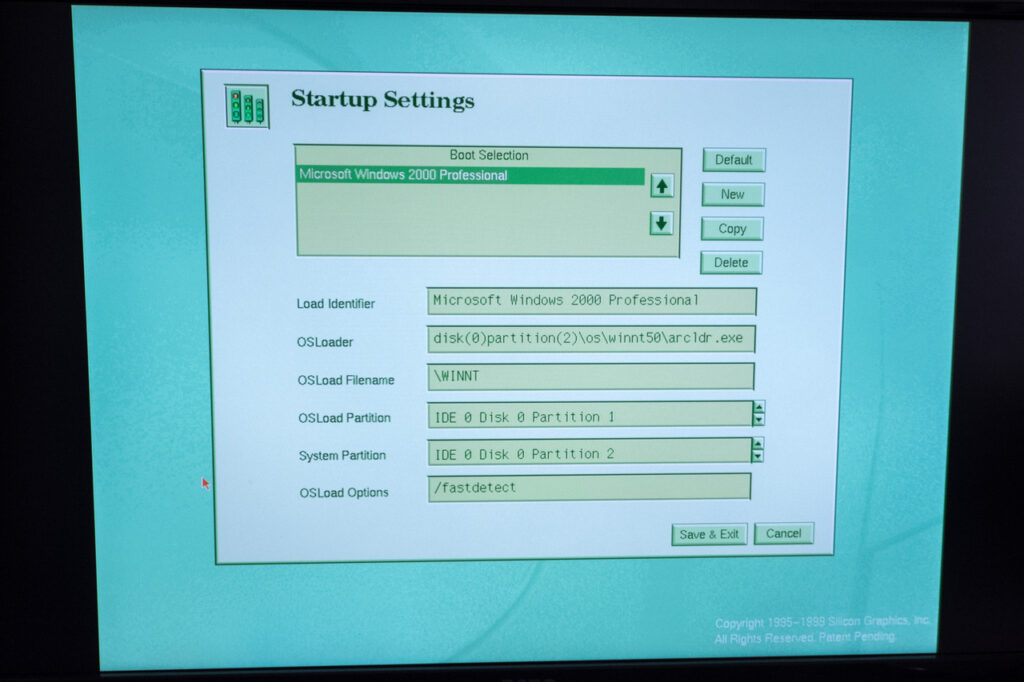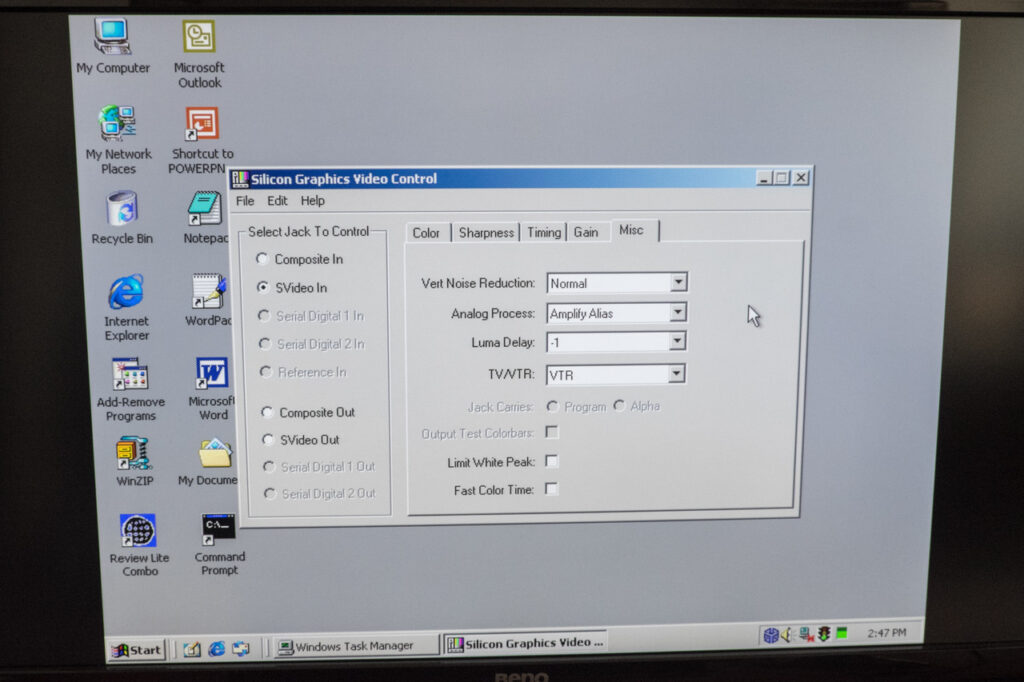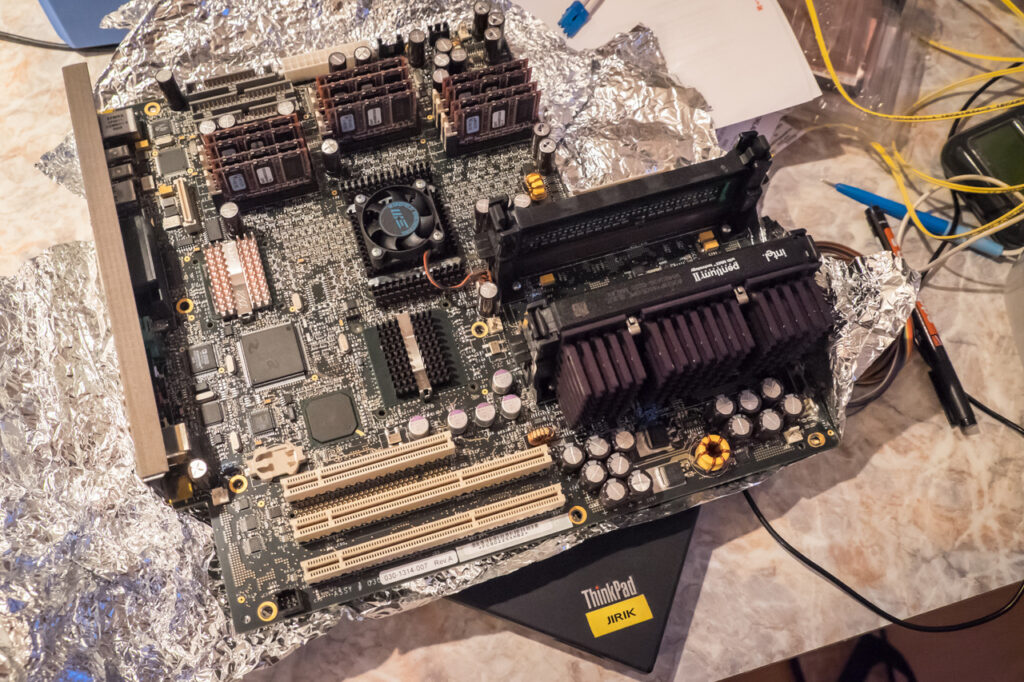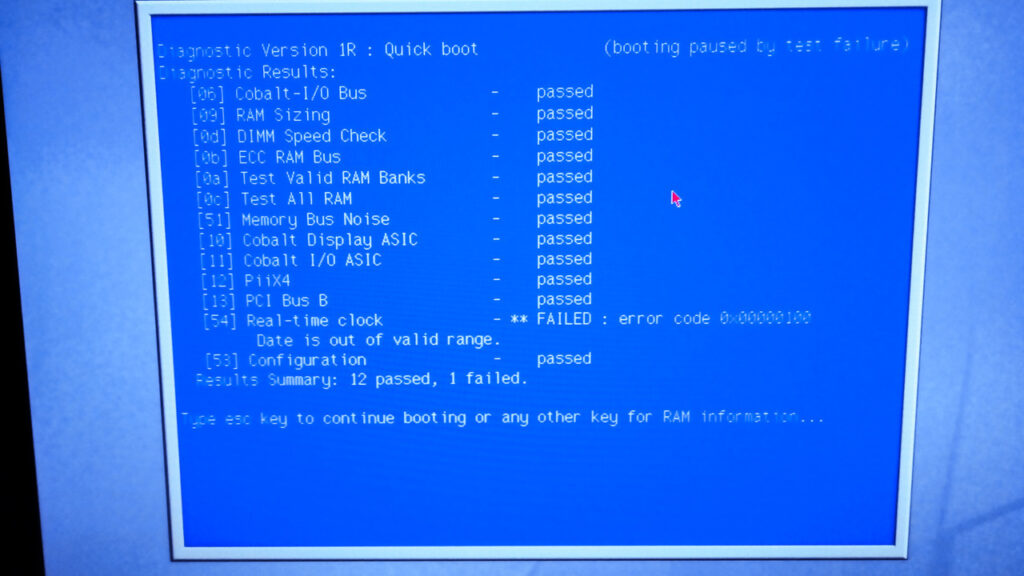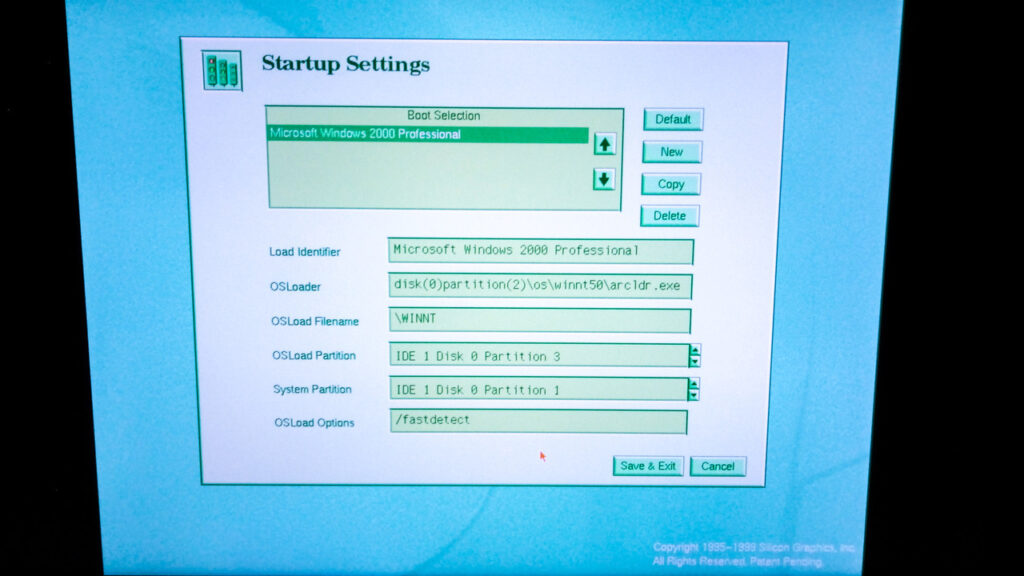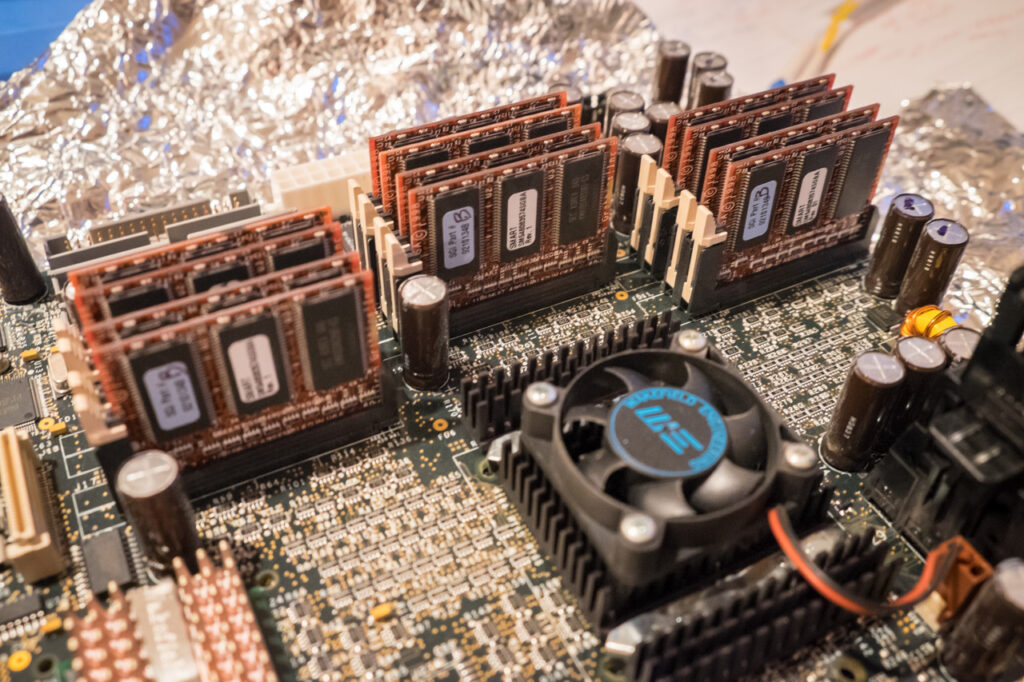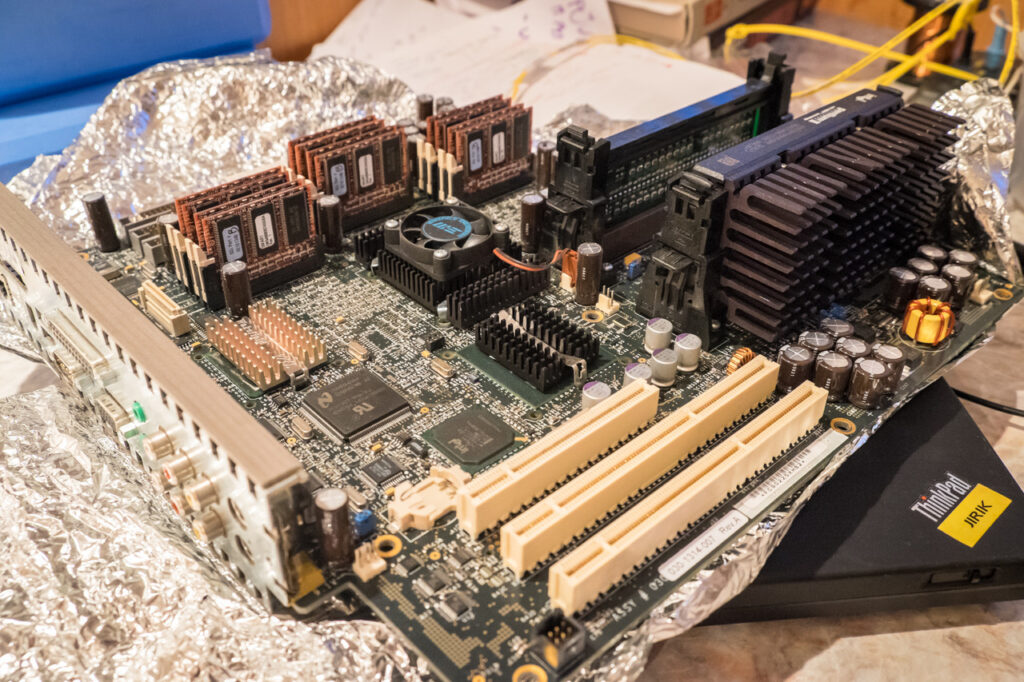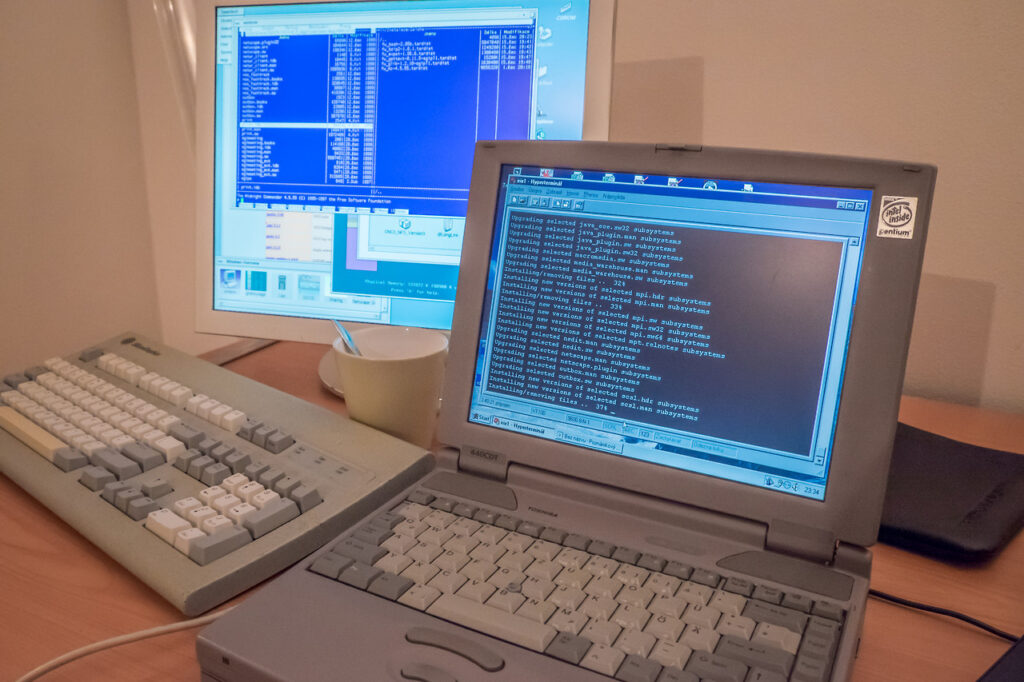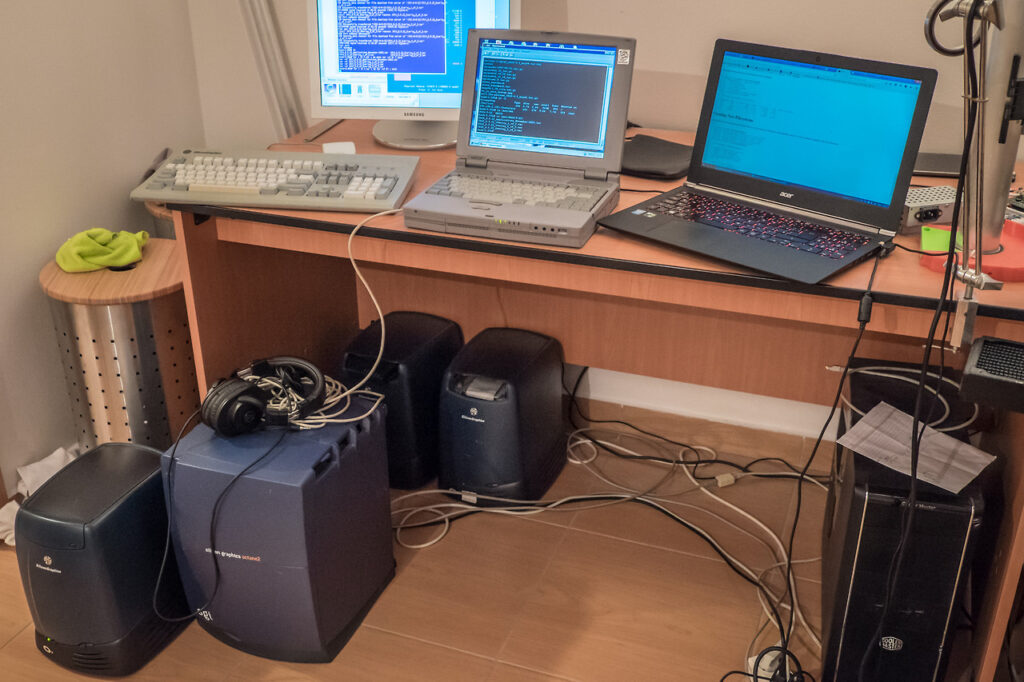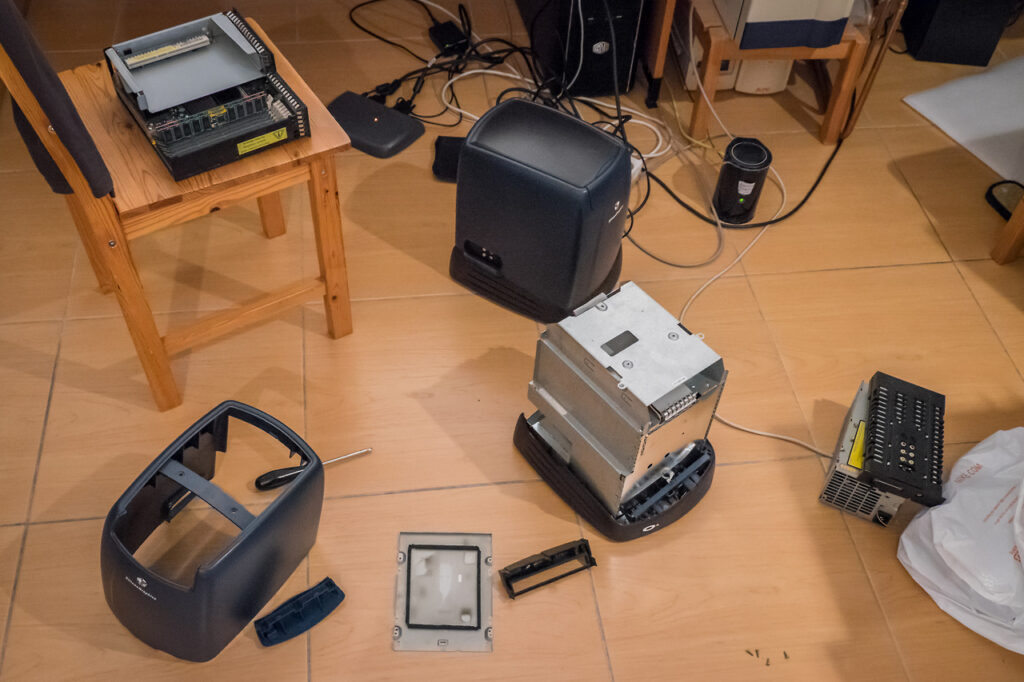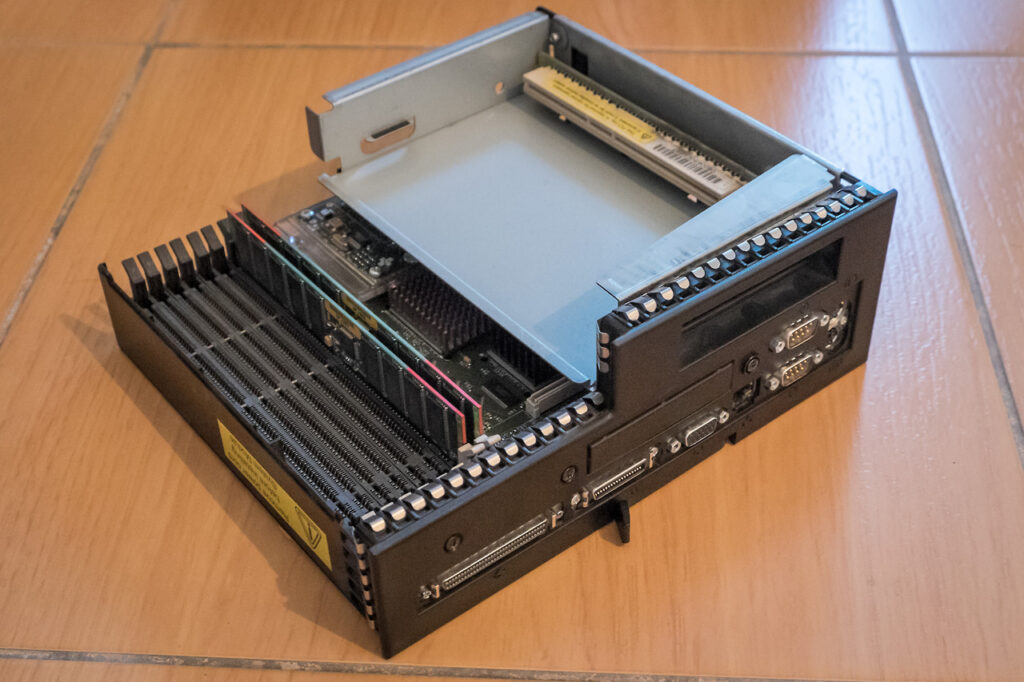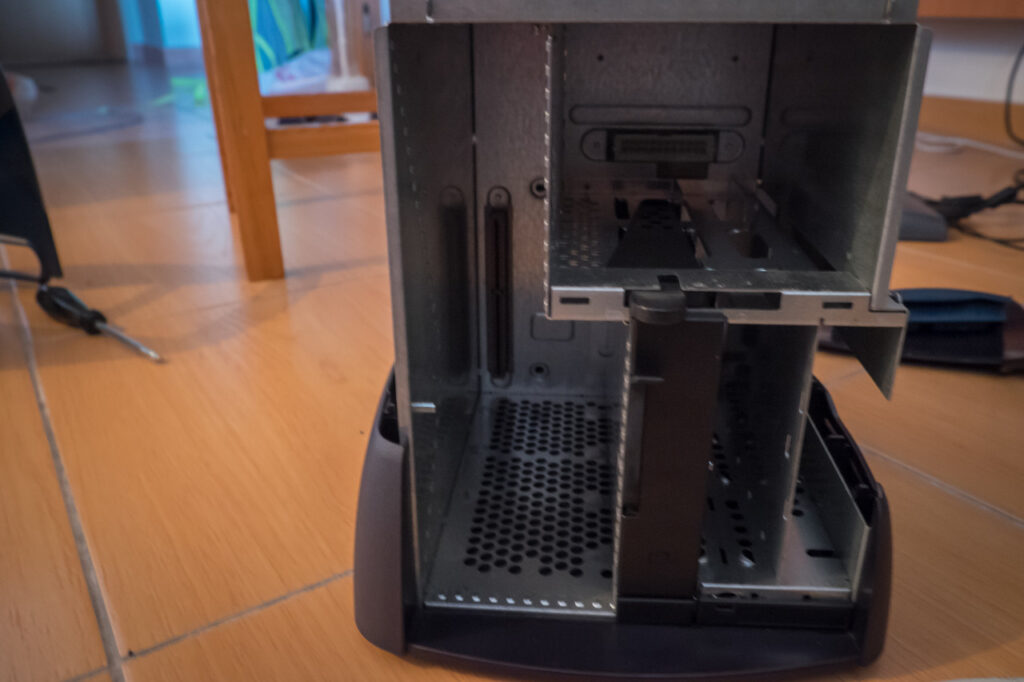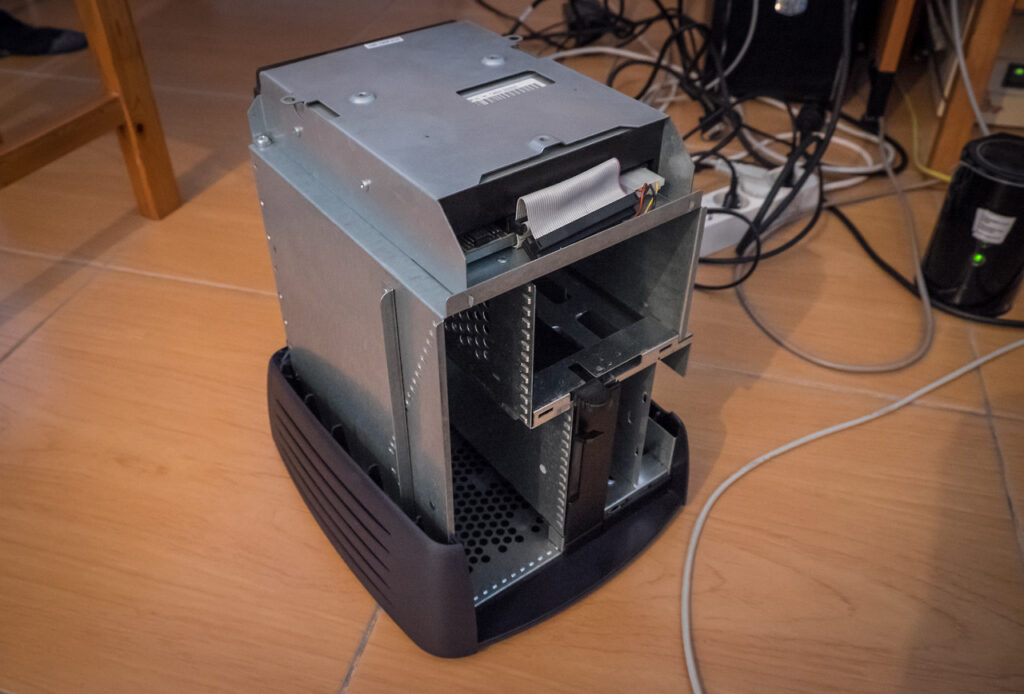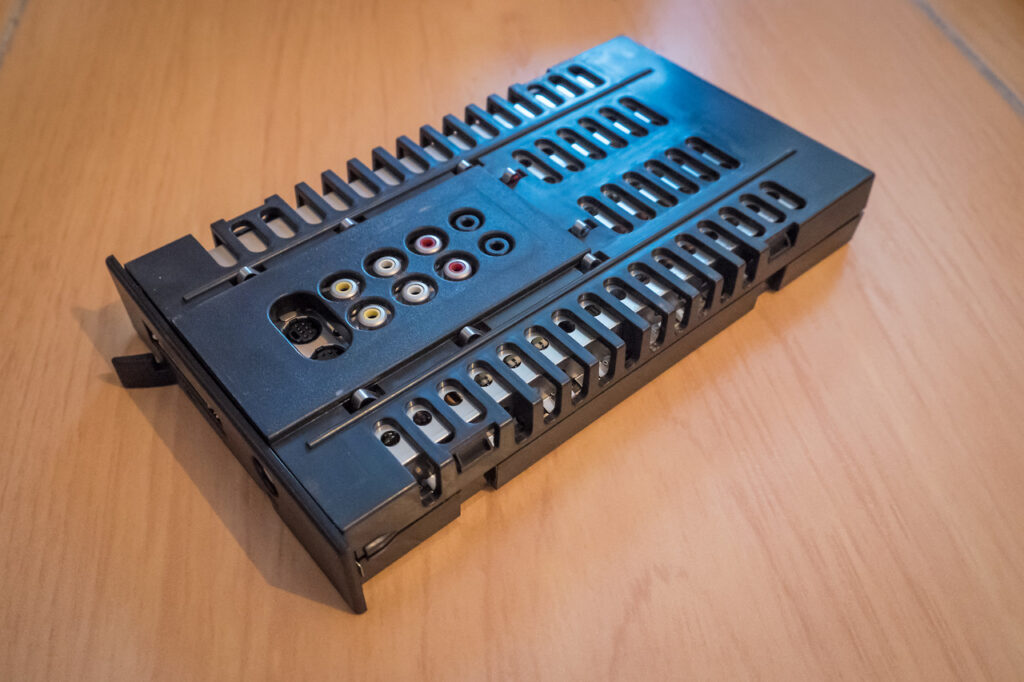sgi
Bytefest 2018
I’ve brought some of my computers to Bytefest (a big Czech vintage computer show): Apple PowerBook 100 with an external floppy drive, IBM PS/2 P70 as a cool gas-plasma-screen serial terminal, SGI O2 (used only as a hard drive cloning machine running in headless mode), SGI Octane2 with all necessary peripherals and DELL Precision M50 for sharing wireless Internet connection with my other machines (and also to show how the graphics workstation market changed in less than two years from Octane2).
Insignia SoftWindows 95
PC compatibility was a big thing for UNIX workstation manufacturers in the 80s and 90s. It started with x86/DOS emulators for text-only applications and later evolved in products like SoftWindows 95. This is a full x86 emulator with pre-installed and pre-configured Windows 95 in it and Insignia ported the emulator for non-PC platforms including IRIX, Solaris, HP-UX, MacOS, NeXT and other systems.
I have to say that installing the emulator on SGI IRIX is way easier than I expected. Just insert the installation CD, run the IRIX Software Manager, confirm the installation and that’s it. The first start of the emulator installs the Windows 95 by copying all the files on the virtual hard disk and deploying device drivers. It took maybe three minutes and didn’t require any user interaction.
Windows is preconfigured to see all UNIX folders as network drives, network is configured so you can immediately go on-line with Internet Explorer 3.0 or access SMB file shares. Mouse emulation works the same way as with modern virtualization software so you can seamlessly move the cursor between Windows 95 and IRIX windows. It also changes the Windows 95 screen resolution immediately after resizing the emulator window.
On the other side, games are not playable on my 400-MHz MIPS R12000. There are strange lags every few seconds (although between them, fps is similar to early Pentium systems). Office software runs ok and the only major limitation is in supporting up to 8-bit display modes (no more than 256 colors).
Fixing issues on an SGI keyboard
There will be an annual vintage computer show called Bytefest soon in Prague, so my friend and I must prepare all the hardware we want to take with us. Last year, I was told by some visitors that it is inappropriate to use an IBM keyboard with SGI computers. Thus, we started our repairing marathon with this defective SGI keyboard (although I don’t think that using IBM Model M with any computer is inappropriate).
I’m used to the fact that servicing SGI computers is always pain in the ass. It seems that SGI peripherals are exactly the same story. The keyboard is designed the way that it is not possible to clean switches if you don’t want to disassemble the whole thing destructively.
A few nice things from last weeks
I’ve salvaged two SGI O2 workstations in a very good shape. They were used in Military Research Institute Brno (a state-owned enterprise in Czech Republic). Both have 300-MHz MIPS R5000, 128MB RAM and an extremely noisy 9GB hard drive made by IBM. One of them is full of dust and needs cleaning really bad but the other (which held classified information according to stickers) is clean like new. They were for free.
I was also given two packs full of CDs with SGI marketing materials, sets of hi-res photos of SGI computers for printed magazines and technical presentations for SGI customers. Most of it can be shared with public so I’m thinking about uploading it somewhere.
SPEC Viewperf on SGI Octane2 (2000)
Viewperf is an interesting set of real-world OpenGL benchmarks. The original version was developed by IBM but other companies (SGI, Digital…) quickly joined the development and Viewperf became an industry standard for OpenGL benchmarking focused on CAD, CAM, CAE, medical and scientific stuff. Unlike 3D Mark and other benchmarks you can see today, Viewperf simulates a rendering pipeline of real applications on real data.
The data (viewsets) were not developed by the project group. They were provided by independent software vendors. In fact this is true even today with the current version of Viewperf (12). I still use this benchmark when testing workstation-class laptops and NVIDIA GRID virtualized desktops.
The version 6.1.1 was released in 2000 and it was the last version with precompiled binaries for SGI IRIX (among many other systems like Windows NT, Compaq Tru64 UNIX and SunOS). I’ve used it to check the performance of the SGI VPro V6 graphics inside Octane2. VPro V6 is a single-chip graphics solution capable of processing OpenGL commands directly in hardware and it is equipped with 32 MB of memory (24 MB for buffers and 8 MB for textures). SGI VPro and NVIDIA Quadro (which is an ordinary GeForce 256 SDR card with CAD acceleration functions enabled) were introduced at the same time. Although the SGI’s hardware was very advanced in certain capabilities*, Quadro (as a chip born from the consumer segment of the market) was for the first time (slightly) faster even in the CAD/CAE market. This was the beginning of the end of custom professional graphics accelerators (3DLabs, Evans & Sutherland, SGI…). This was also perceived as another hard blow for UNIX workstations after the introduction of Pentium II.
*) High precision 48-bit framebuffer, accumulation buffer for depth of field, FSAA and motion blur effects
SGI Visual Workstation 320 restoration #2
We’ve managed to replace all the capacitors on the SGI 320 logic board and it works. This was the most difficult de-soldering we’ve ever done. The board is much thicker and with large ground planes distributing all heat out of the de-soldered parts. I’m really surprised that the board survived the surgery.
We have even been able to setup the firmware properly to load Windows 2000. It looks like the unit was used only for demo purposes in Czech SGI so nothing interesting is installed on the hard drive.
SGI Visual Workstation 320 restoration #1
SGI 320 is an interesting piece of history – a failed attempt of UNIX workstation manufacturers to dominate the professional PC/Windows market. Czech SGI guys gave me this computer for free a year ago when they moved to a new office building.
Unlike standard computers of the era running Windows, this one is not PC compatible. It supports only Windows NT 4.0 and 2000 and only via a special loader. You cannot run DOS on it. The logic board badly needs to replace all capacitors (some of them are already leaking) and one voltage regulator which tried to desolder itself from its position. On the other side, it still POST without any issue and passes all tests.
Now I have to wait a few weeks for all the ordered parts. This oddity deserves to survive. I’m really curious about the performance achieved by the unified memory architecture when working with analog (AV in) and digital (firewire) video signals and OpenGL.
The OpenGL performance shouldn’t be bad. John Carmack used the SGI 320 workstation when working on Quake 3 Arena…
Hard Times With UNIX
We have three SGI Octane2 workstations in our “lab” but none of them were in the ready-to-use state. I’ve decided to take a look on the one which looked like it could work (the only one with hard drives). Already installed IRIX was somehow corrupted and was accessible only by using a serial terminal. I realized after a few hours that the original installation couldn’t be fixed with my knowledge although the hardware (graphics card) was ok. The only way was to install a fresh IRIX.
I used a laptop with a serial terminal emulator instead of local peripherals and SGI O2 as a server containing all the installation files. For the first time I used BOOTP and TFTP to boot a computer over network. I was surprised how easy it was. The former (BOOTP) is intended to get a boot program to the memory of a target computer (to be executed then). The latter (TFTP) is intended for simple file transfer. Good thing is that you don’t need properly configured Ethernet interface to get this working. A server just needs to know the MAC address of a client and a file to be sent.
It took me more than ten hours but I have one fully working Octane2 now. Surprisingly, booting and accessing all files over the network was the easiest part. Most of the time was spent on identifying the initial issue, “package dependency hell” (typical for UNIX systems) and the fact that the IRIX 6.5.22 boot file didn’t work. I had to start with IRIX 6.5.5, install a special patch and then install IRIX 6.5.22 (which correctly recognized all the hardware inside Octane2).
It was definitely an interesting experience… but I hope I won’t need to do this all again soon. Anyway, for a moment I felt like a real UNIX geek.
Inside the SGI O2 UNIX Workstations
SGI O2 was designed as a small low-cost workstation. This is clearly visible on its internal hardware architecture with unified memory shared between the graphics chipset, CPU, and add-on video grabber. I like the smart design of the case. Everything is easily accessible (except for the CD-ROM drive which needed to be fixed). You can replace the mainboard or hard drives quickly and without any tool.
Btw two of the three mainboards are alive so at least two machines will work. Two working boards are equipped with 180-MHz MIPS R5000 (one in a version without L2 cache). These CPUs were the lowest available options.
- « Previous
- 1
- 2
- 3
- Next »
